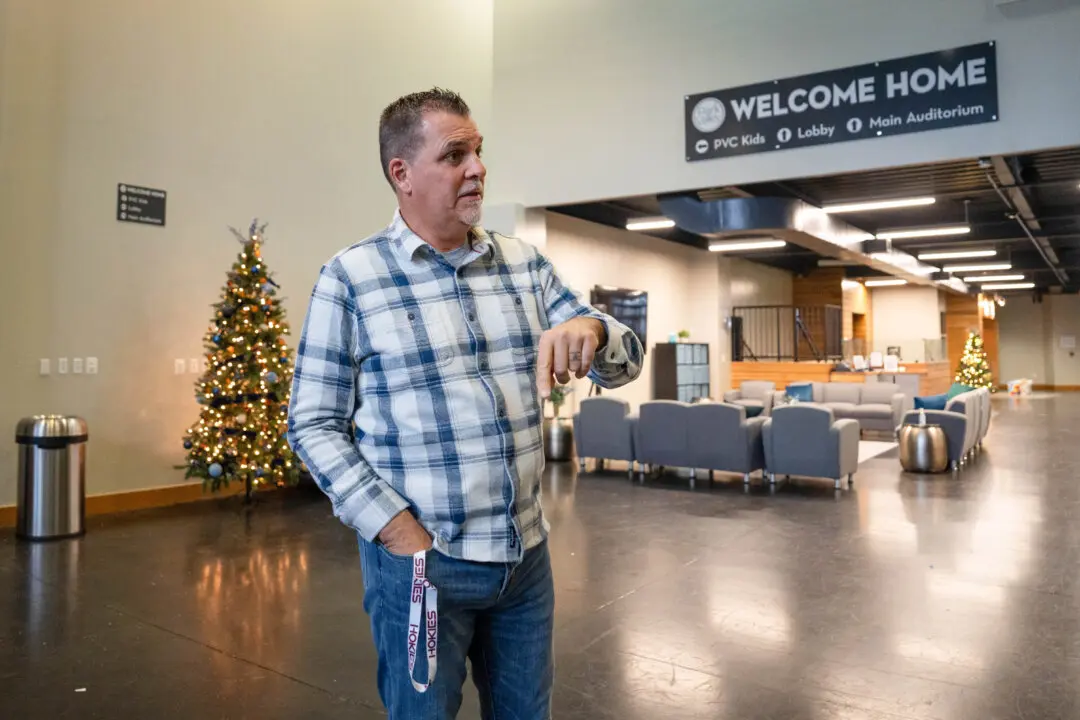Lant Pritchett says the world’s wealthiest nations will face a significant labor shortage, and labor mobility is the best way to deal with it.
Pritchett is an economist and research director for the Labor Mobility Partnerships (LaMP). He joined Simon Johnson, professor of entrepreneurship at the Massachusetts Institute of Technology’s Sloan School of Management, on June 12 for the Brookings Institution’s presentation, “People over robots: How policy distorts decisions around automation.”





